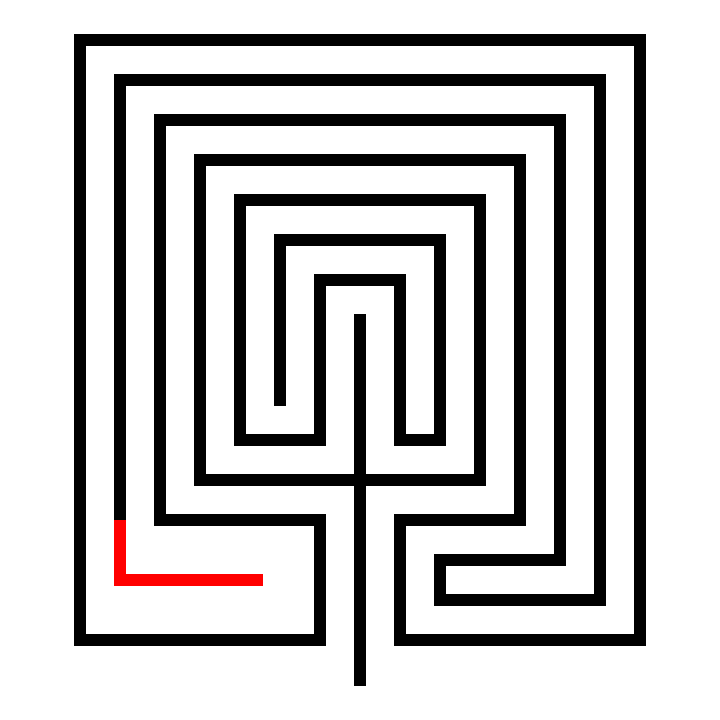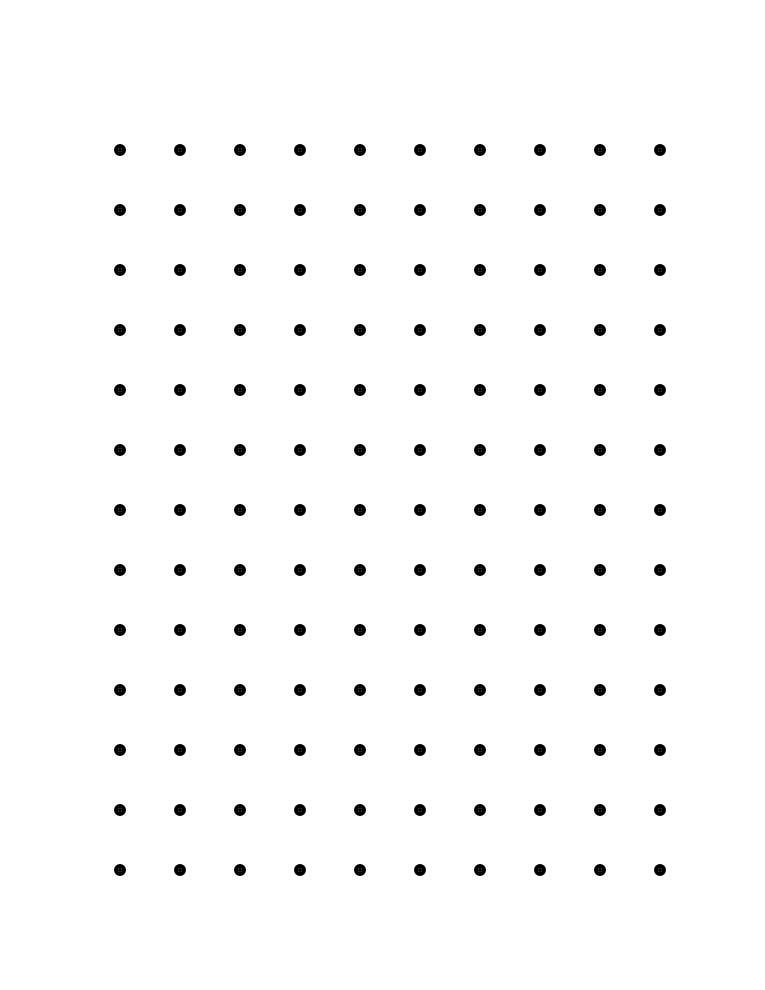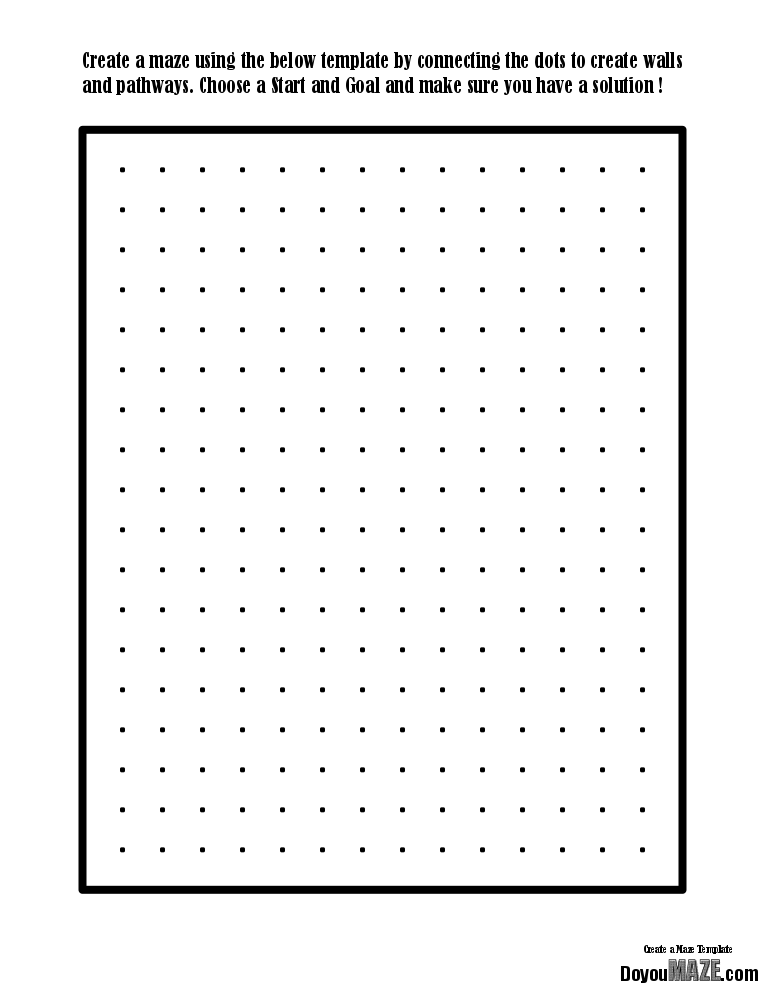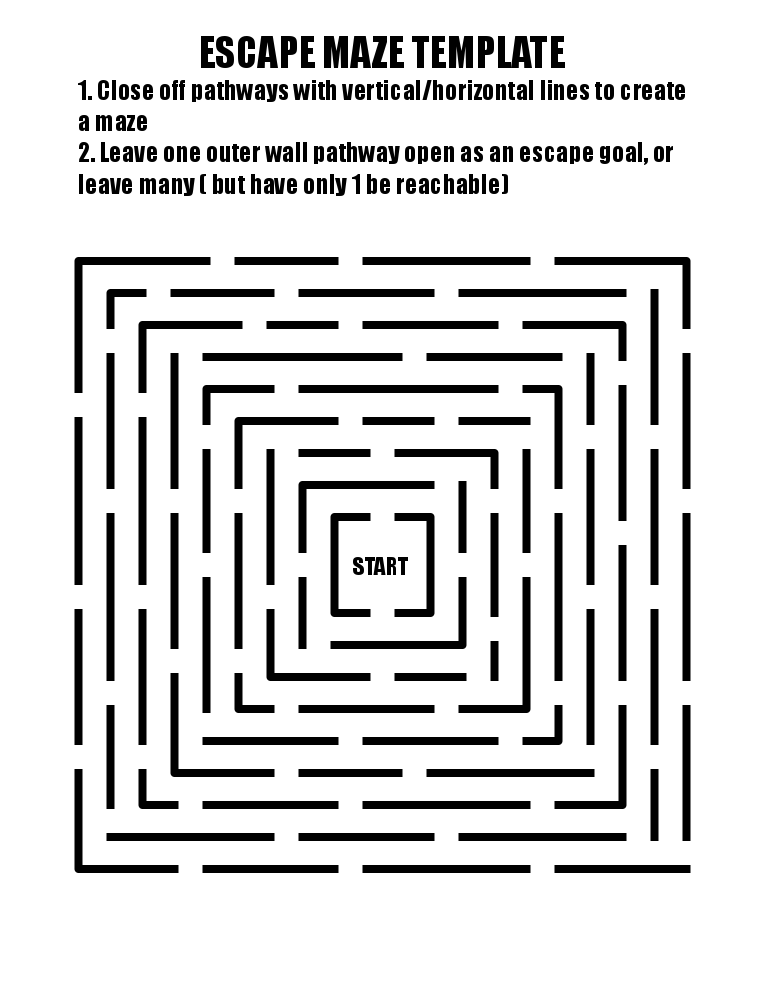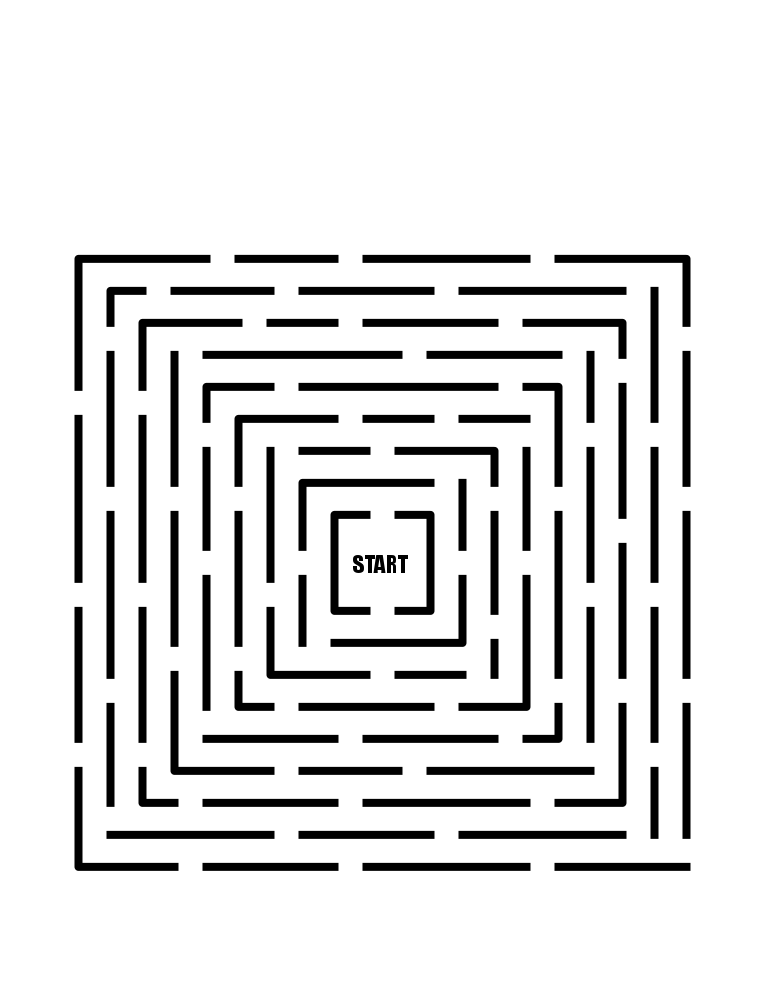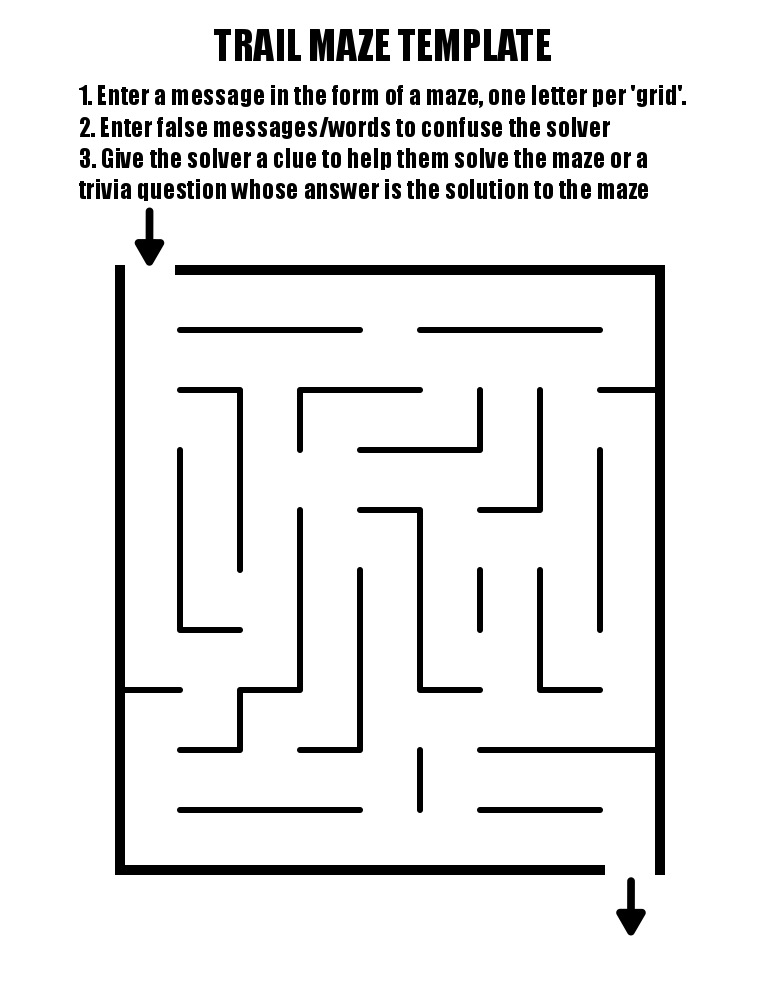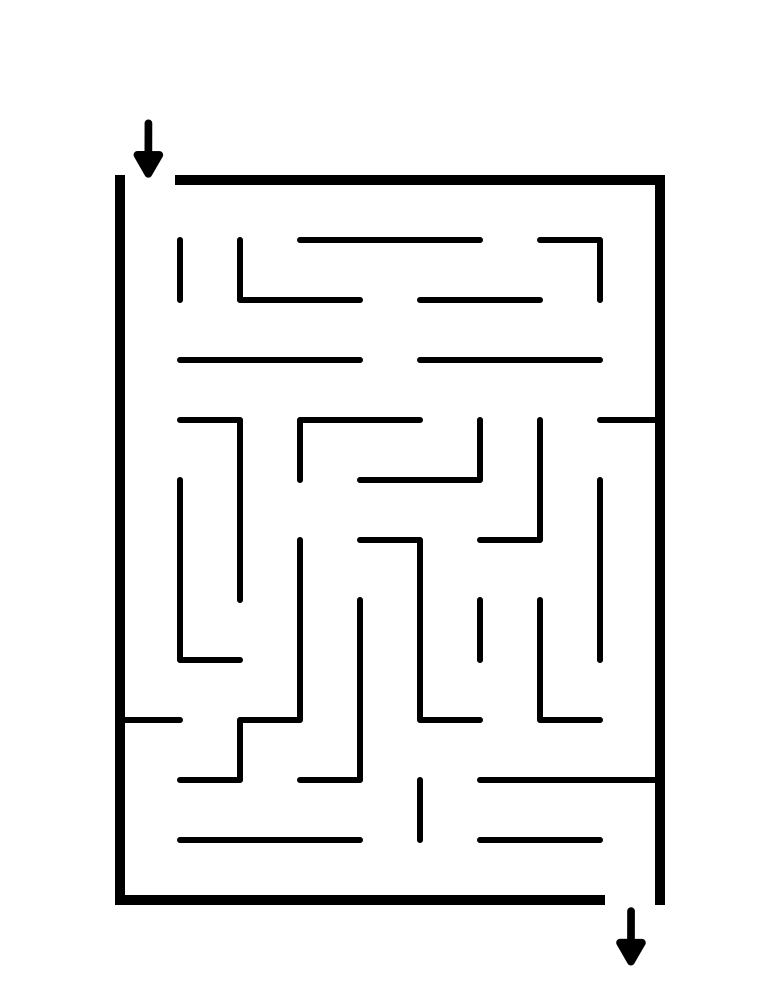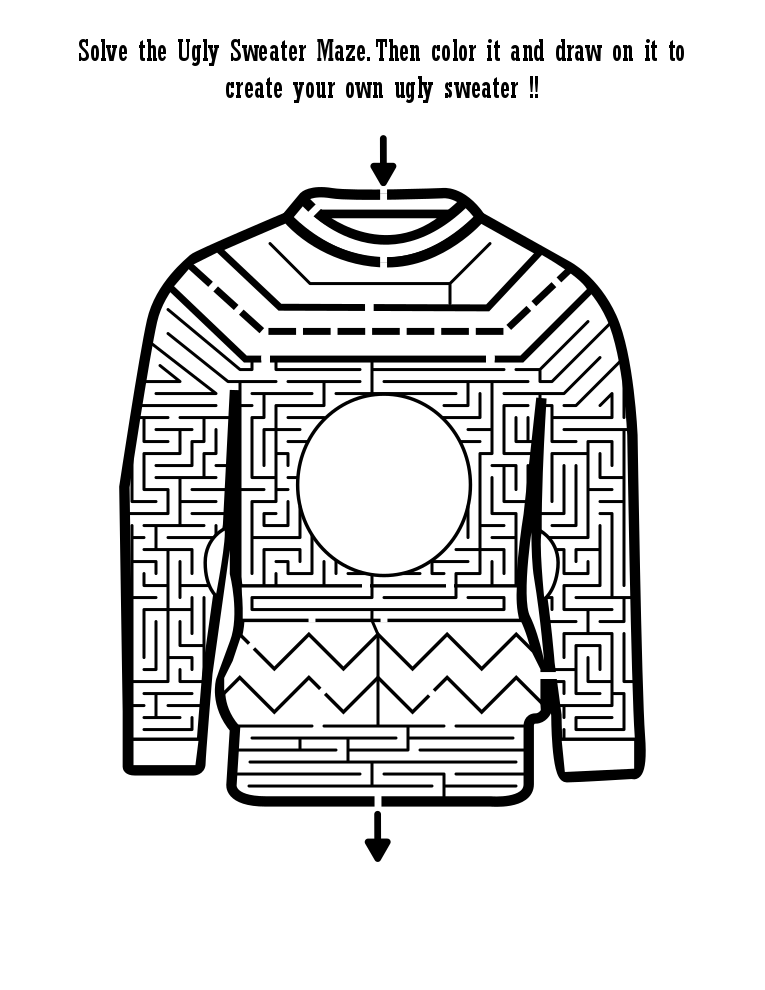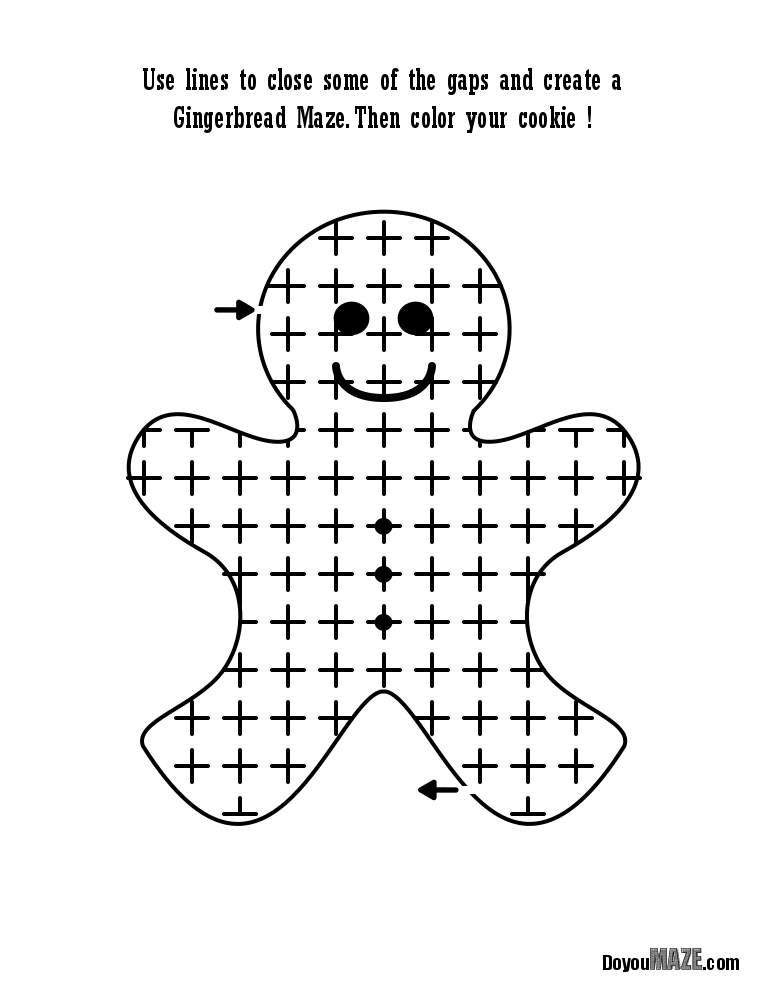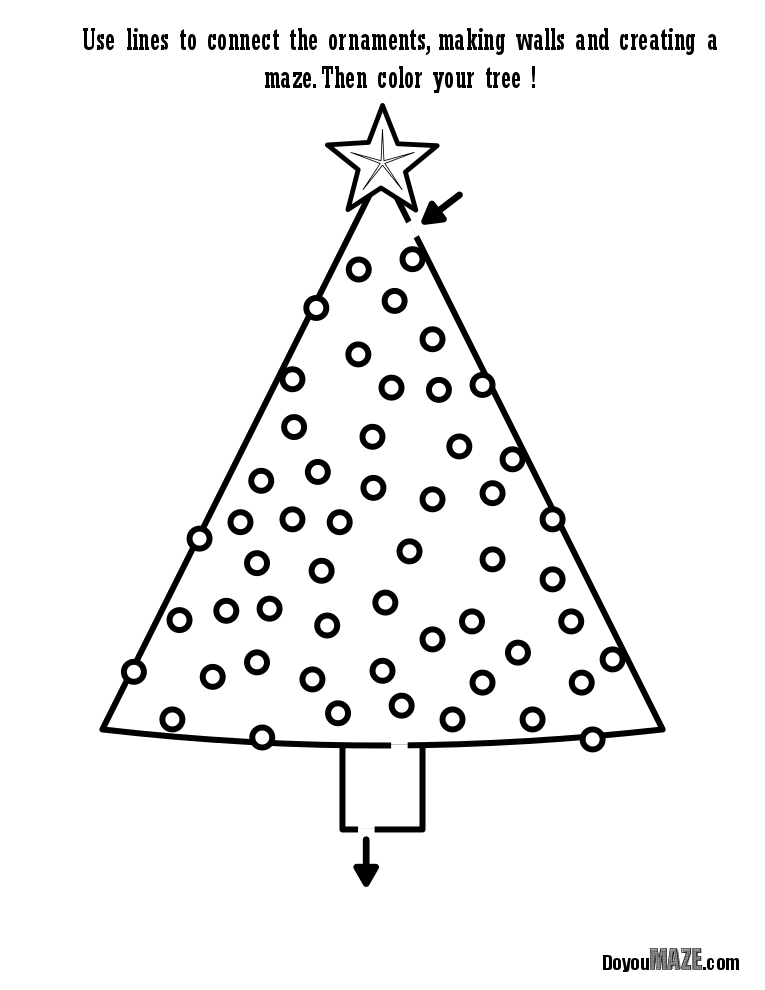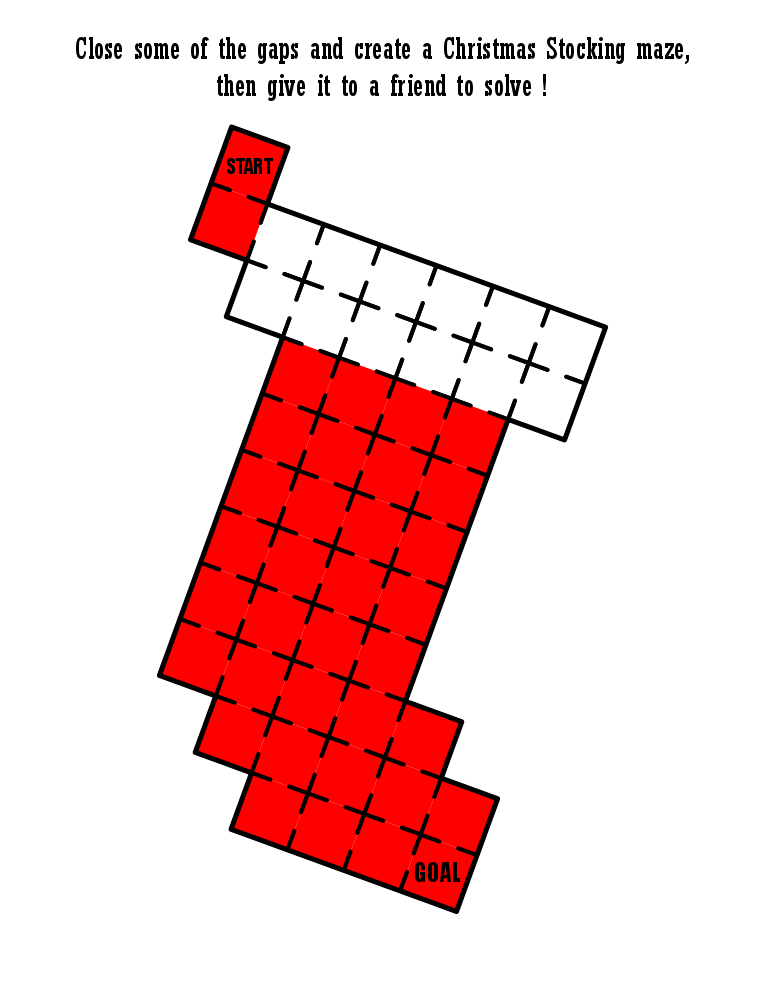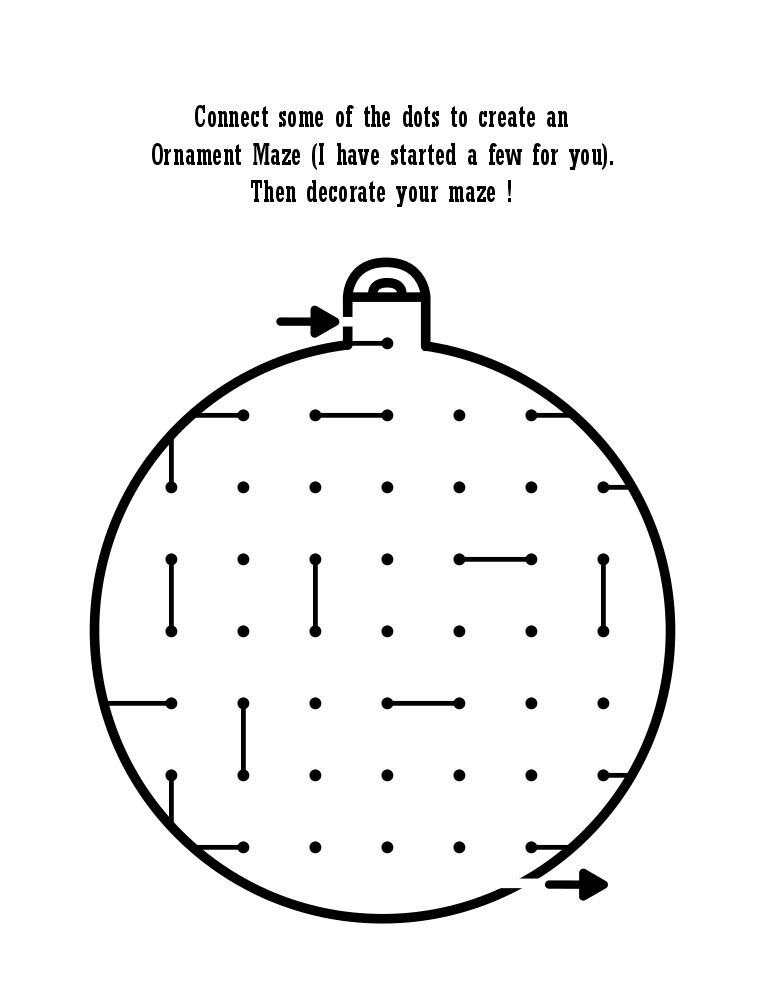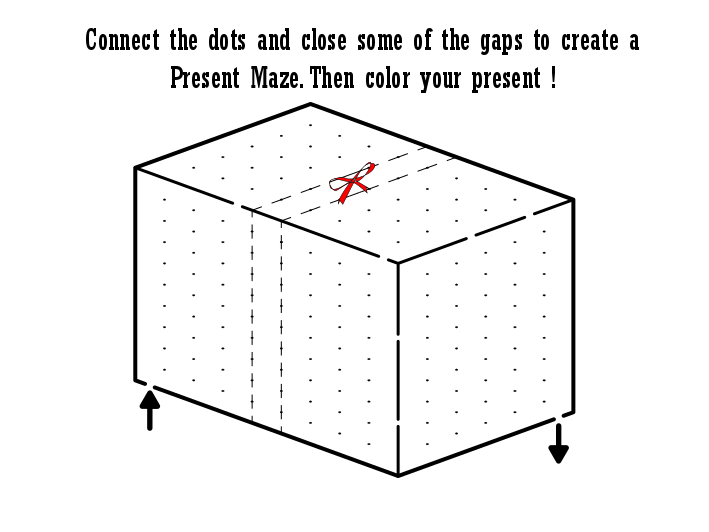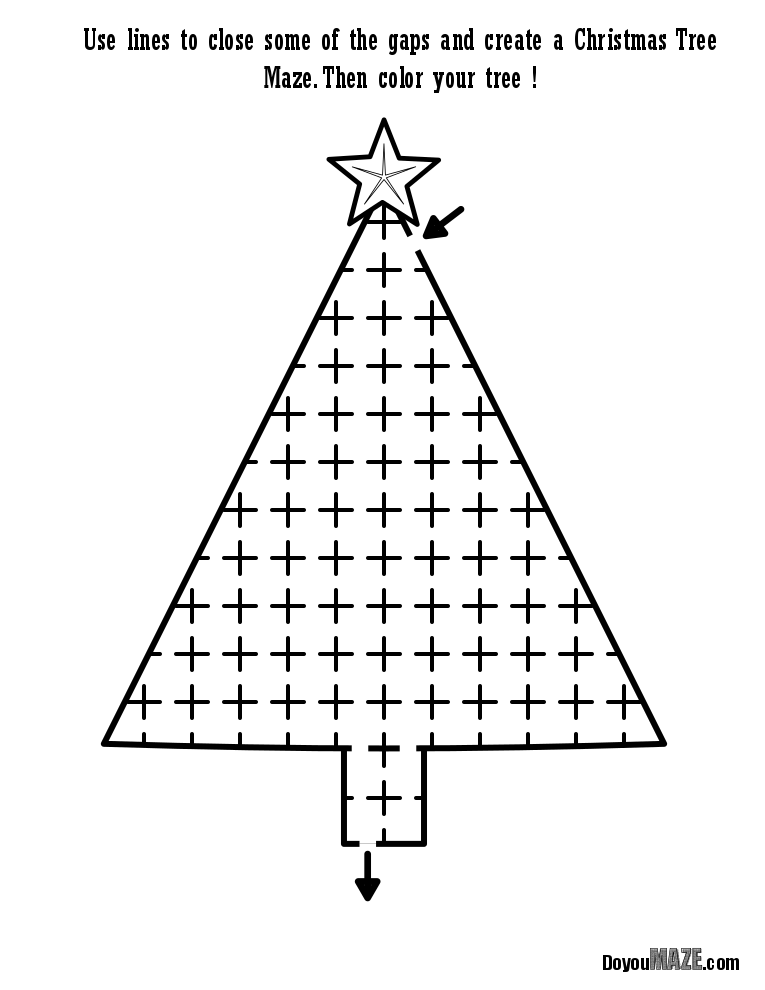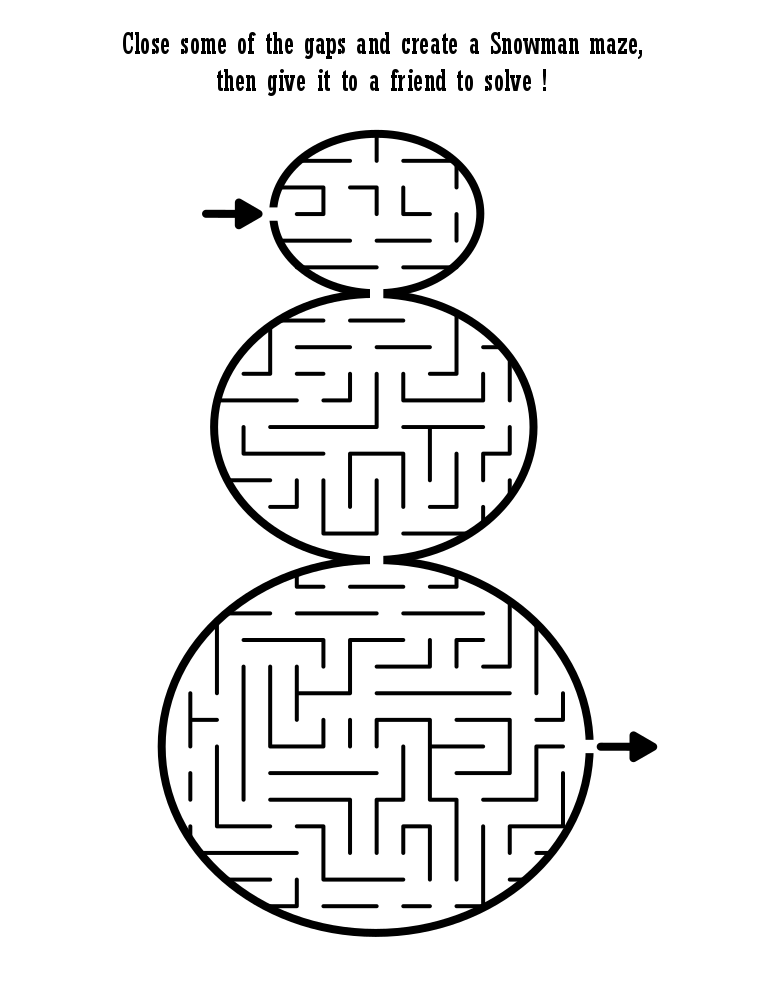Mazes and labyrinths are becoming more and more popular. You can find them in corn fields, public and private gardens, parks, fairs, churches, beaches, courtyards, art galleries and of course in books. Setting up an installation that works in your space takes detailed planning and a keen understanding of how to use materials to give the feeling you want from the project. Today we will look at 13 companies that specialize in physical maze and labyrinth designs. These include projects made with stone, hedges, corn, earth mounds and many other interesting materials. If you are looking to build your own installation, you should be able to find a builder here.
Adrian Fisher - www.mazemaker.com
The world’s leading maze designer and holder of many Guinness World Records. Projects can be seen around the world and include all types of installations: Mirror, Hedge, Panel, Water, Paving, and Corn (or Maize in the UK). The company has been designing mazes for clients since 1979. Adrian Fisher designed the first Maize Maze, while pioneering water mazes, walk-through parting waterfalls in mazes, foaming fountain gates, and wrought-iron maze gates to make mazes dynamic. With over 700 designs the portfolio is impressive. Here is and example of their hedge maze work from the Blenheim Palace in England:
Jim Buchanan - www.jimbuchananprojects.uk
Specializing in land art and labyrinths in the UK. Beautiful use of earth/mounds to build interesting labyrinths. Also the only person I know who uses light projections into swimming pools to create labyrinths that can be walked or swam. Below is his beautiful “Earth and Wildflower Labyrinth” commissioned by the Chesterfield Borough Council.
Marty and Debi Kermeen - labyrinthsinstone.com
Specializes in pavement and stone labyrinths, mostly in the United States. Have been building labyrinths since 1998. They also make hand painted labyrinths on canvas and sell cards and posters of some of their work. Below is an example of their labyrinth work from Aurora University:
The Labyrinth Company - www.labyrinthcompany.com
Offer a variety of services to build or help you build a labyrinth. Pre-designed kits are available to build labyrinths of paving stone, bricks, ceramic floors, hardwood floors, cork floors, carpets, poly canvas mats, vinyl and linoleum floors to name a few. They have many different labyrinth designs including replicas of many classics. If you need quick solution they probably have it. Here is an example of their Abingdon à la Chartres™ paved labyrinth:
TheMAiZE -www.themaize.com
Design and consultant company specializing in the design of corn (maize) mazes. They have a great map feature allows you to find a corn maze near you ! Currently designing in the US, Canada, Poland and the UK with over 3000 corn mazes designed since 1996. Here is an example of one of their corn mazes:
Precision Mazes - www.precisionmazes.com
Corn Maze builder from Missouri who focuses on the use of GPS to make precision designs. They have some impressive commercial maze work in their portfolio that include Cartman from Southpark and Salvador Dali. You can see more about their work in this short video:
Mazescape - mazescape.com
Company founded by UK based maze designers Angus Mewse and Tom Hockaday. They offer 4 different Maize (Corn) Maze design packages based on customer needs. All of their corn (maize) mazes are unique and not pre- designed. They also have designed and built mazes with a wide range of materials, including to quote the website “Willow, Bamboo, Beech, Yew, Turf, Timber Panels, Wooden Posts, Trellis and Climbing Plants, Fabric, Rope, Hay & Straw Bales, Recycled Tires, Adobe, Brick and Stone”.
Don & Lorraine Watts - thecornmazeguy.com
Company out of Pennsylvania that specializes in affordable corn maze design for the Northeastern part of the US. They offer printed corn maze games to enhance the corn maze customer experience.
Maize Quest - mazecatalog.com
Company from Pennsylvania that has been designing corn mazes since 1997. They specialize in making mazes that include additional features for the guests, like a scavenger hunt and projects or tasks for kids to complete as they walk through the amaze. They also sell rope mazes and fence mazes like the one below:
MazePlay - www.mazeplay.com
Started in 1998 when the owner planted a corn maze for the first time after convincing his father to let him experiment in a corner of the corn field. Based in Idaho. Service designs corn mazes and includes the options to add games to enhance the experience for guests (treasure hunts, solving a mystery games). Check out their video playlist here:
Instant Hedge - www.instanthedge.com
“Established in 2013, InstantHedge is the only nursery in the United States devoted to growing pre-finished hedges” - from their website. A company that specializes at installing hedges for clients. They also can design and install hedge mazes. Located in Oregon. Check out their great hedge care guides for hedges.
Robert Ferré - www.labyrinth-enterprises.com/
Works on design, consulting, and installation of labyrinths. Hosts a Master Class on how to lay out a classical labyrinth. Author of the books Canvas Labyrinths: Constructuion Manual and The Labyrinth Revival. Below is his work from the Marianjoy Rehabilitation Hospital in Wheaton, Il.
Lea Goode Harris - www.creativelabyrinths.com/
A creative designer and consultant for labyrinth insulations. Author of multiple books, including Ladybug Labyrinth: A Journey Home and A Discovery of Labyrinths. Creator of the Santa Rosa Labyrinth consisting of 8 concentric circles. Here is an example of it on the roof of the American Psychological Association in Washington, DC.
And one more that specializes in temporary mazes for exhibits:
BONUS: Minotaur Mazes - Minotaur Mazes
Minotaur Mazes specializes in creating real world mazes that can be used in exhibits and museums. The long list of clients (hundreds) on the website includes Museums, Science Centers, a list of Collaborations, Amusement Parks, Fairs, Festivals, Events, Libraries, Zoos, Aquariums, Botanical Gardens and Children’s Museums. So if you are running an event or one of these attractions this company is something you may want to look into ! Check out this YouTube video showing just one example of an installation of Mazes & Brain Games done in Raleigh Durham, NC. There are 11 different exhibitions to choose from on the site and you will no doubt know that my favorite is Mazes and Brain Games that you see previewed in the video below.
There is a lot of talent here to help you with professional labyrinth installation, design and construction. I hope this directory helps you make you vision a reality. If I missed someone that you would recommend, drop me note (doyoumaze@gmail.com). Thank you!

































